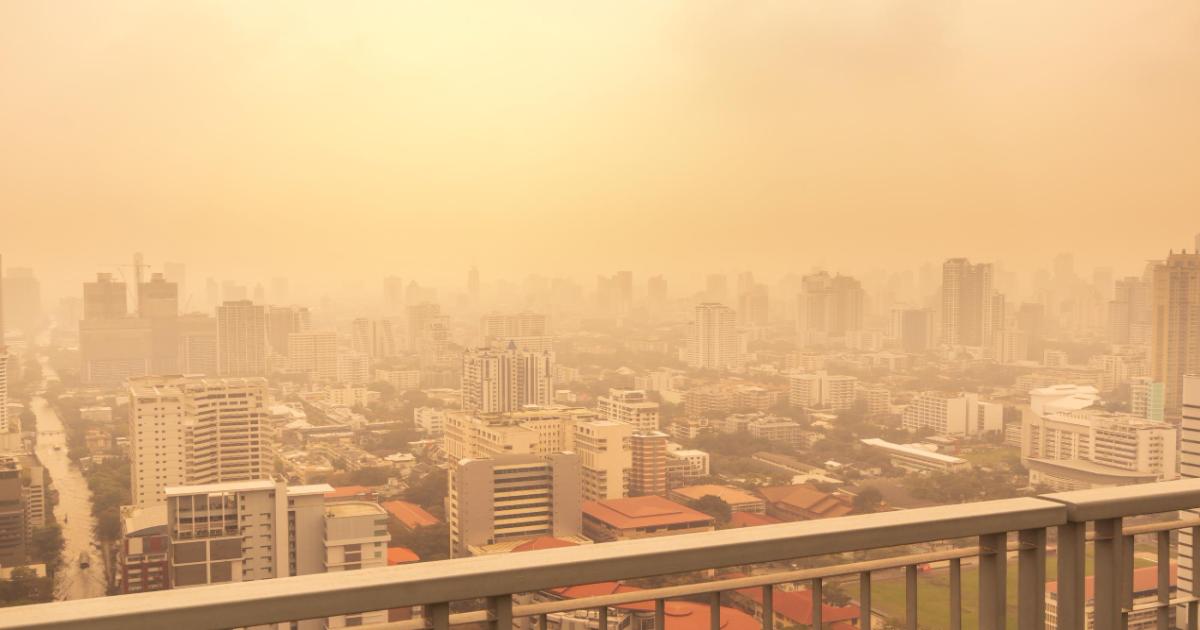
The month of November has started, but winter is yet to make an appearance in many parts of India. In Delhi-NCR, daytime temperatures remain warm, and similar patterns are being observed in Uttar Pradesh, where there has been little weather change. Meanwhile, hill regions are beginning to experience a slight chill, with the Meteorological Department predicting that the cooling effect in the mountains may soon extend to the plains. Some areas in Madhya Pradesh, Chhattisgarh, and Bihar have also reported a sudden drop in temperature.
Despite November’s arrival, Delhi-NCR is still waiting for the chill of winter, with bright sunshine continuing throughout the day. On November 2, 2024, the weather in Delhi is expected to remain clear, though pollution may lead to fog in the morning and evening. The maximum temperature is forecasted to reach 33°C, while the minimum may dip to 17°C. In nearby Noida, a maximum of 32°C and a minimum of 19°C are expected.
Following Diwali, a heavy blanket of polluted air has settled over Delhi. According to the Central Pollution Control Board, Delhi’s Air Quality Index (AQI) was recorded at a worrying 339 on November 1, which falls into the “very poor” category. Typically, Delhi’s average AQI level ranges between 250 and 290, but recent days have seen a consistent rise in pollution levels.
On November 1, Ambala recorded the country’s worst AQI at 367, marking it as the most polluted city. Amritsar followed with an AQI of 350, placing it in the second spot, while Delhi ranked third with an AQI of 339. Other cities are also seeing alarming AQI levels, with Moradabad at 320, and Ghaziabad, Lucknow, and Kurukshetra each at 306. Chandigarh registered an AQI of 302. As pollution levels remain elevated, residents in Delhi-NCR face heightened health risks, emphasizing the urgent need for measures to improve air quality.